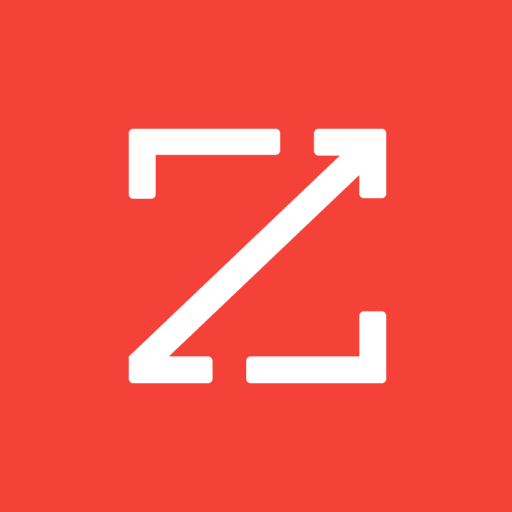

Zoho CRM Reviews & Product Details
Zoho CRM is a leading customer relationship management platform that businesses of all sizes can rely to manage sales, track marketing campaigns, and gain customer insight within a centralized, collaborative environment. Using Zoho CRM, users can set up and customize that platform according to their personal preferences and incorporate all necessary data and workflow to maximize its features. Zoho CRM is also available on a free plan and scales gradually depending on features needed.


| Capabilities |
|
|---|---|
| Segment |
|
| Deployment | Cloud / SaaS / Web-Based, Mobile Android, Mobile iPad, Mobile iPhone |
| Support | 24/7 (Live rep), Chat, Email/Help Desk, FAQs/Forum, Knowledge Base, Phone Support |
| Training | Documentation |
| Languages | English |
Zoho CRM Pros and Cons
- Extensive omnichannel customer support via live chat, phone and email
- High-level automation options for various sales tasks
- Tons of integrations with third-party tools like Outlook and LinkedIn
- Mobile version with access to visual reports
- Data security, integrity, and regulatory compliance built-in
- Not the best tutorials for beginners
- Integrations can be a little clunky

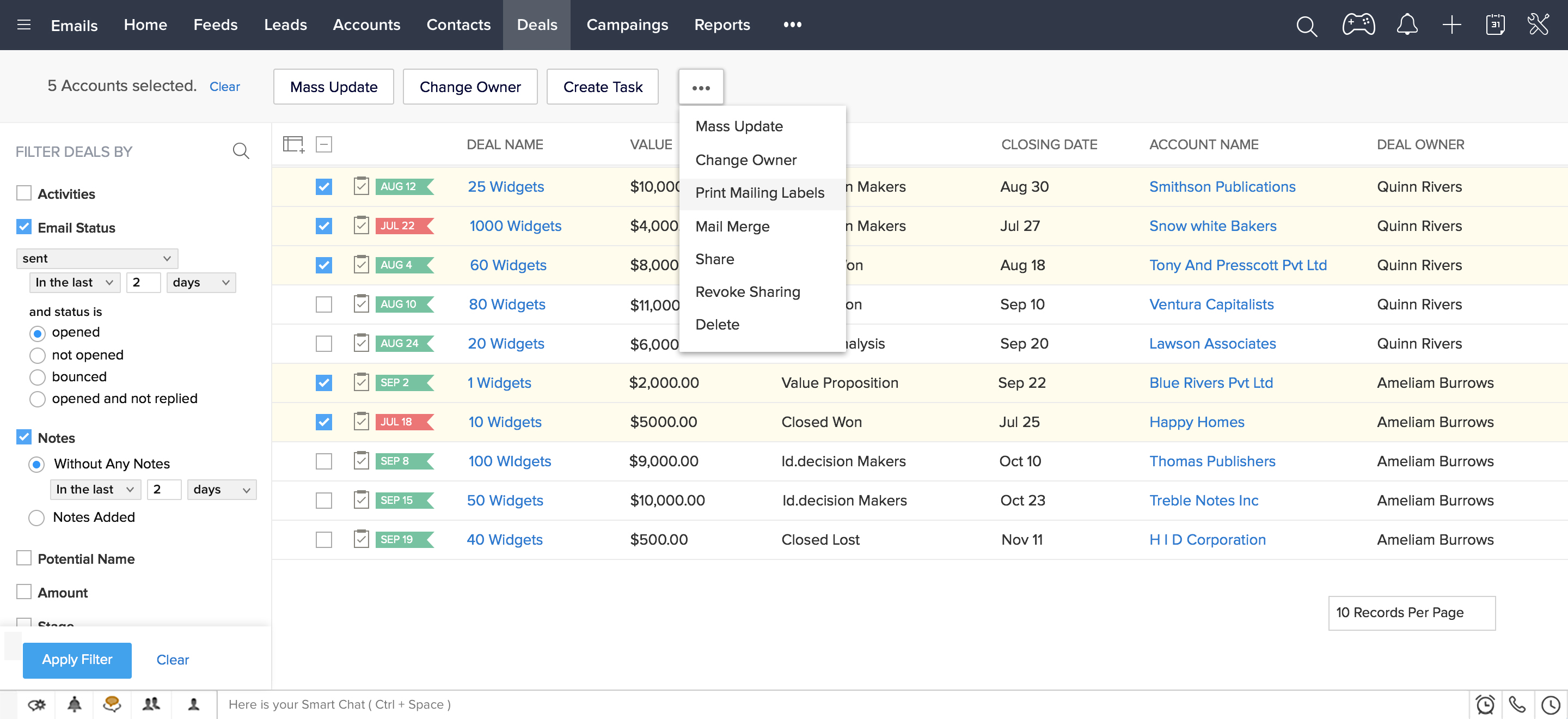
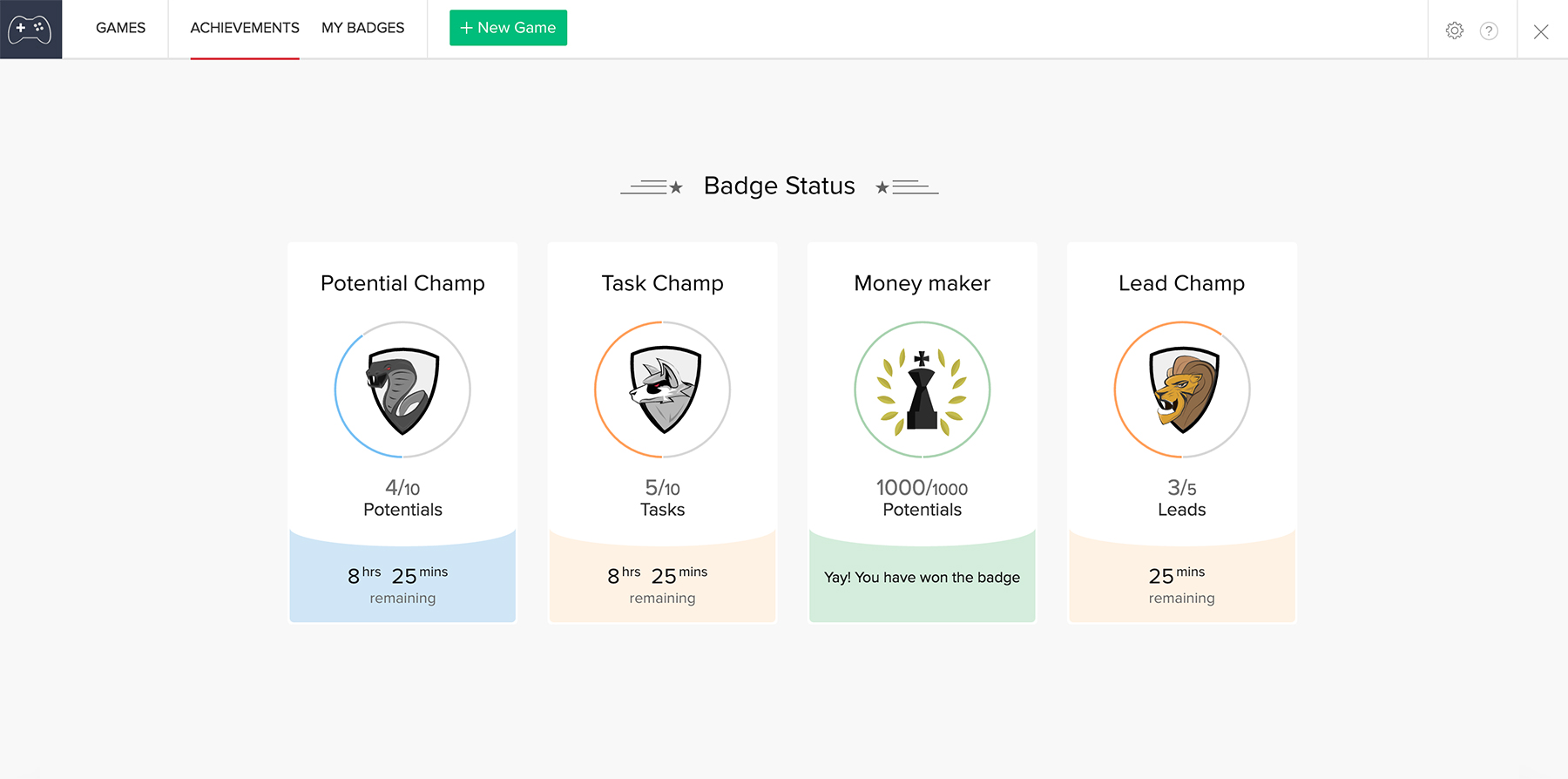
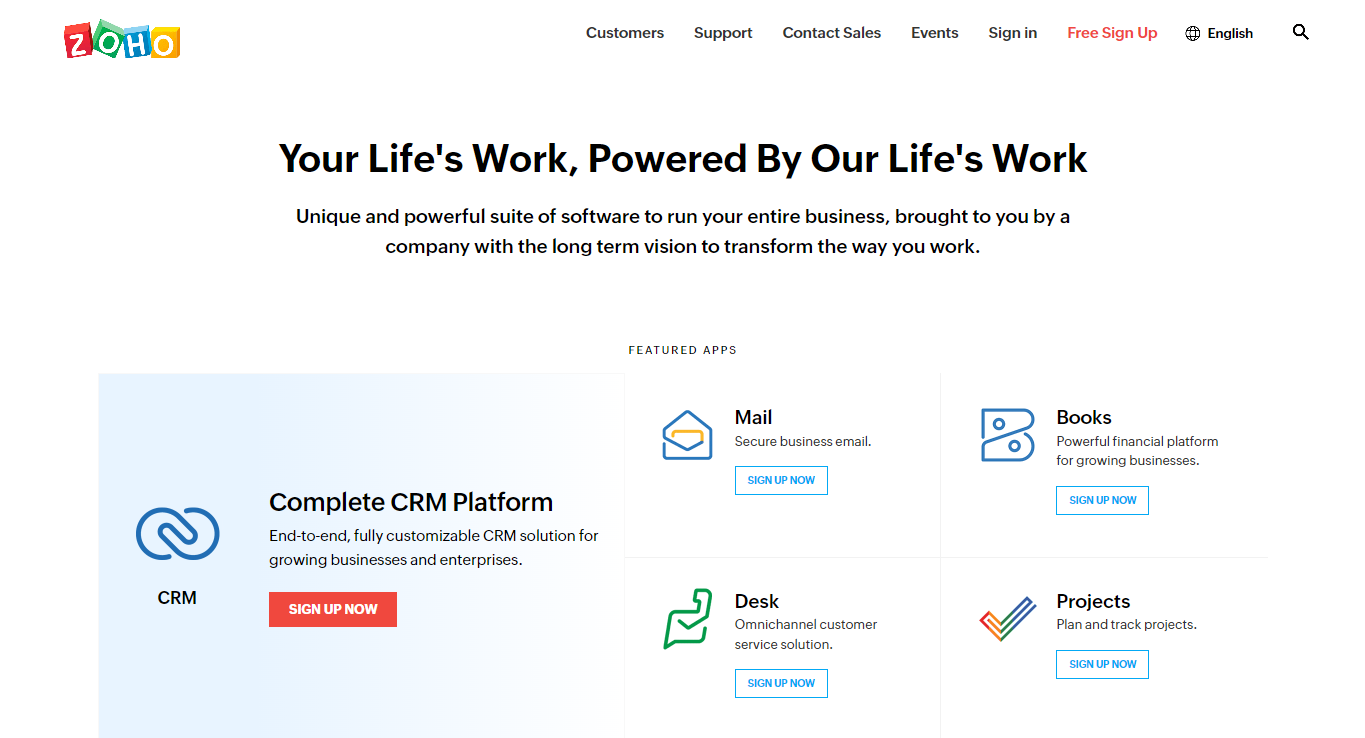
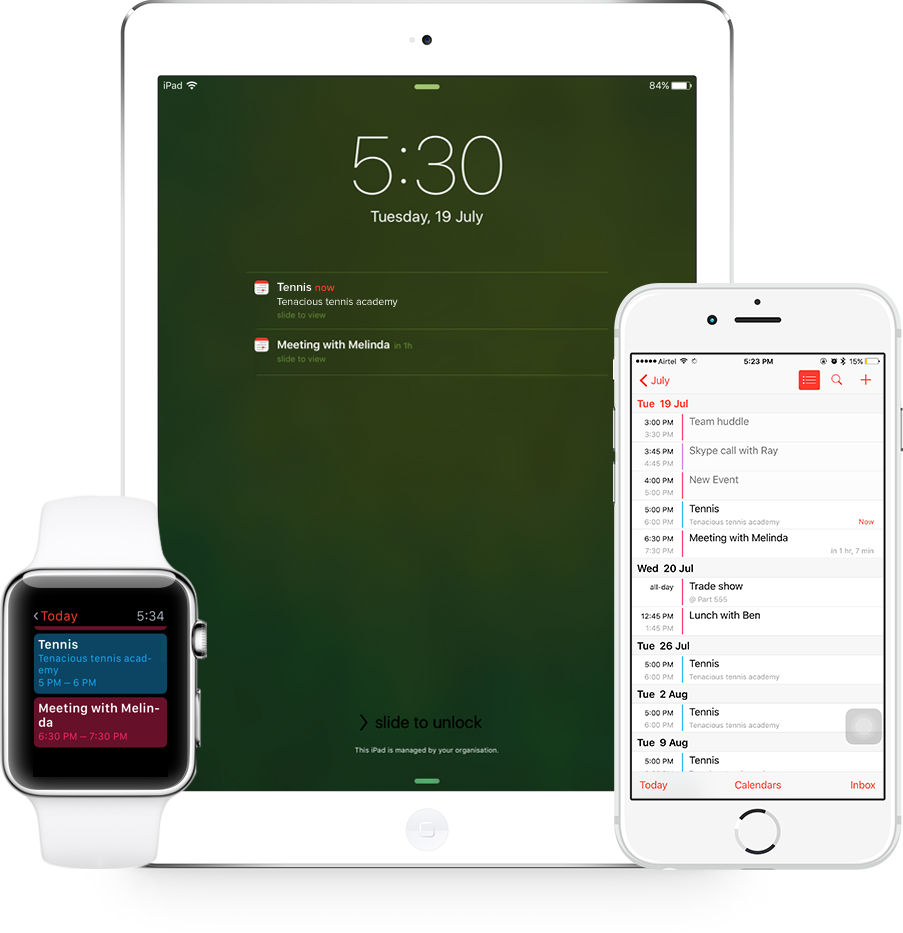
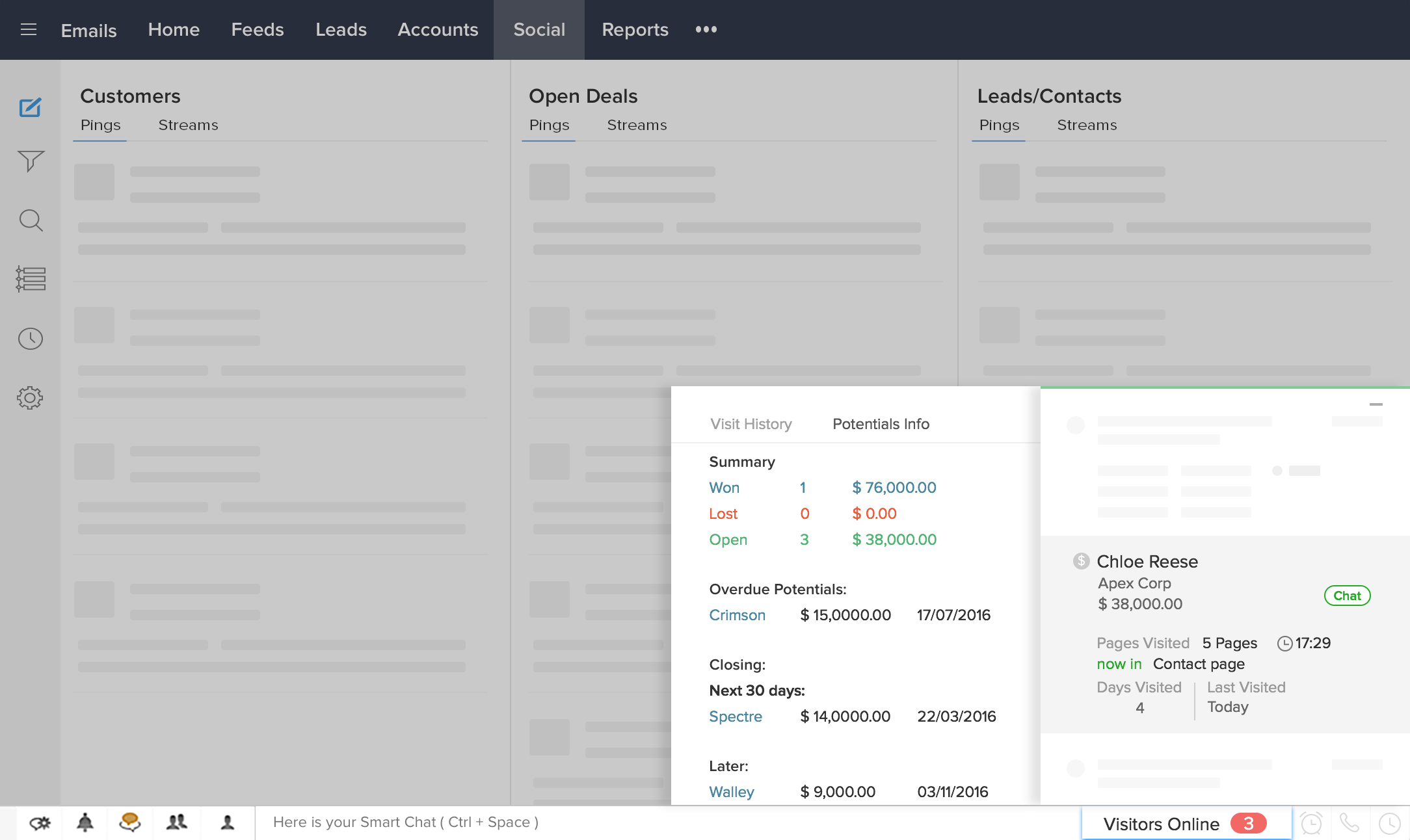
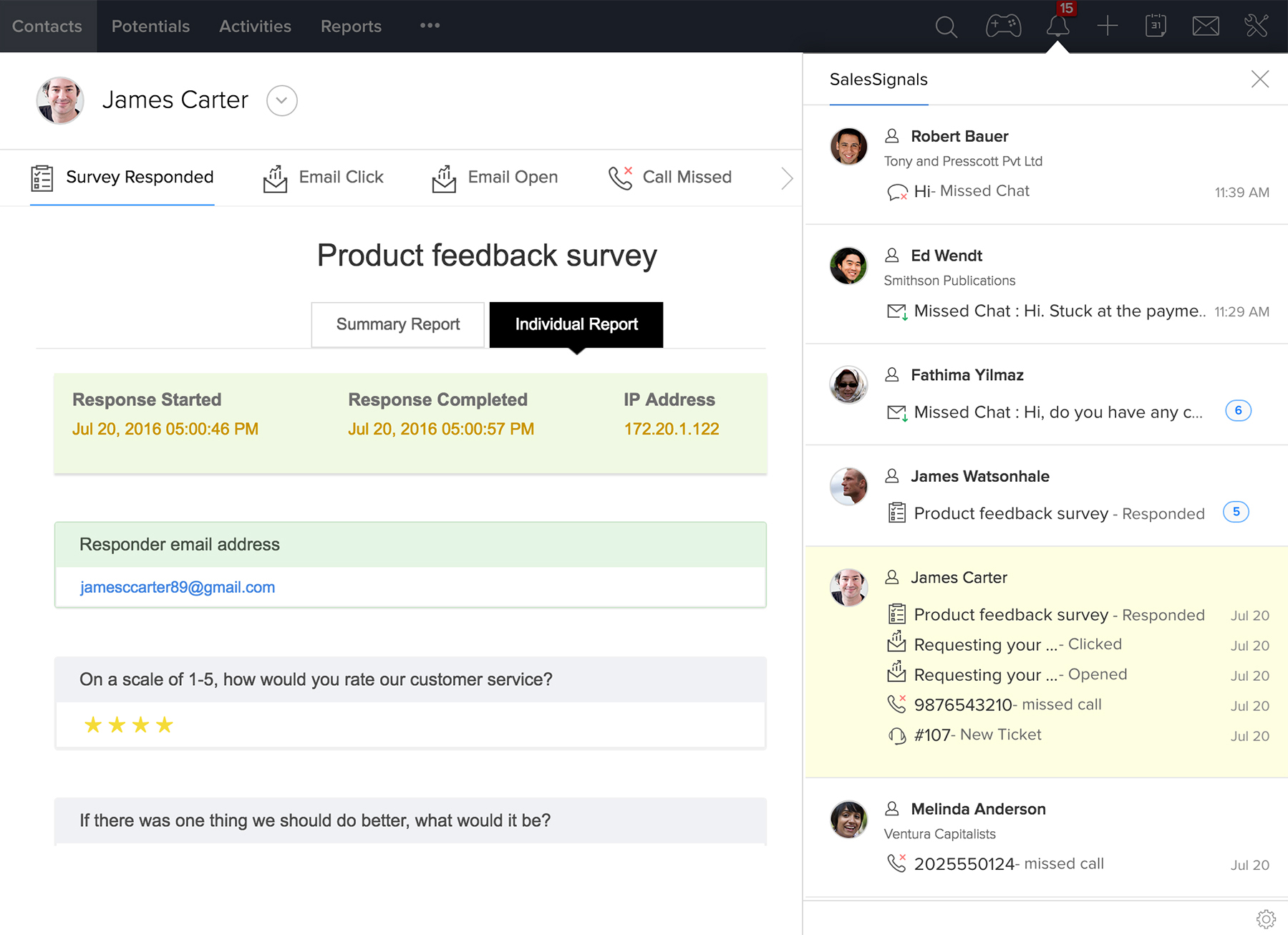
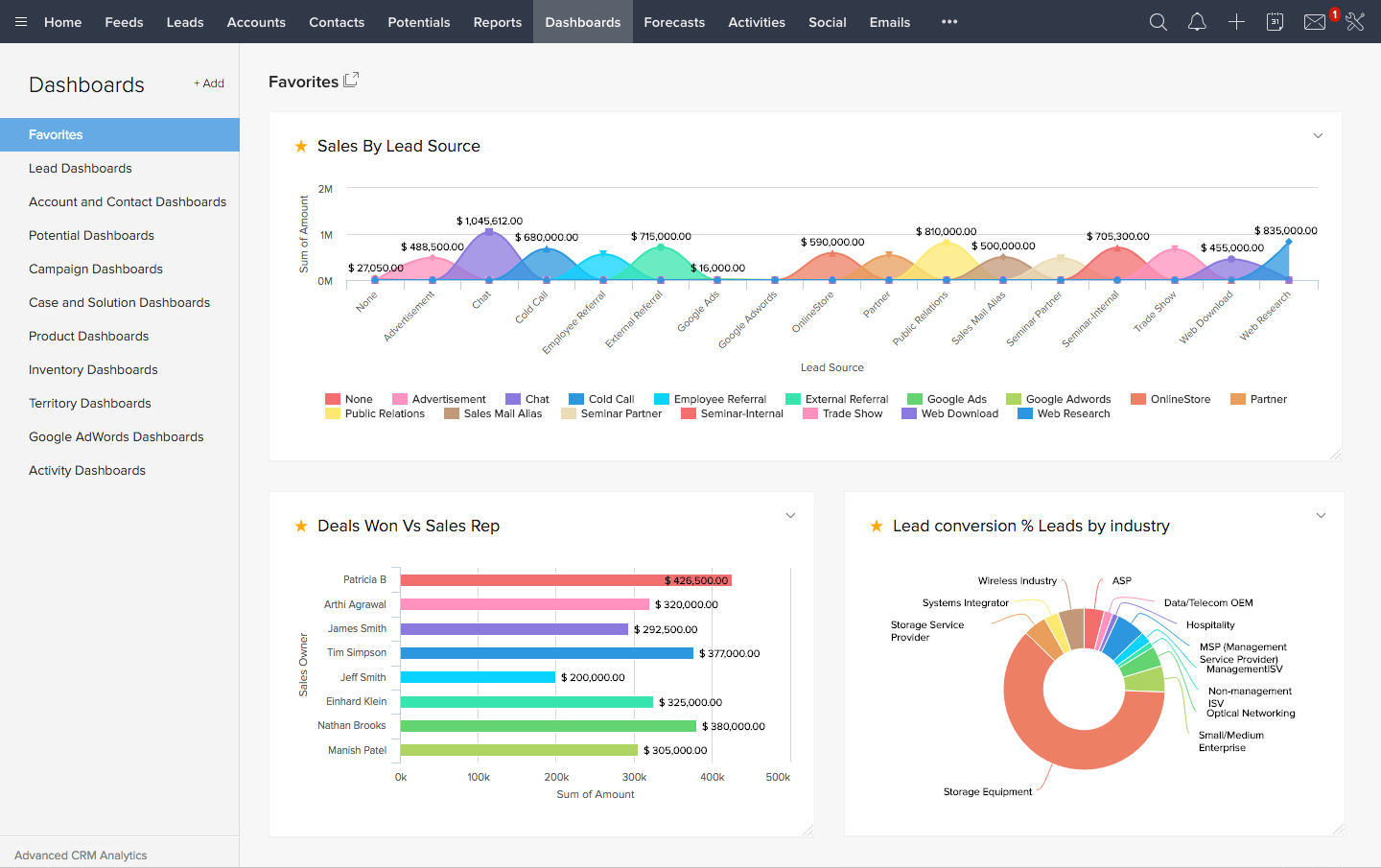

Holistic API enabled application helped IIFL grow in size at enterprise Level. The UI is easy to use and user friendly. SSO integration is best way to login available.
Some skills are required to configure logics at CRM end and can not be done by the end user alone. This can be improve by having more low code development greenfields
Having all leads available at IIFL level can be seen holistically in CRM irrespective of the source of the lead, The internal Dedupe is also very helpful to IIFL.
I really like about how Zoho CRM streamlines our sales process. Customization options available in Zoho CRM is fantastic and allowing us to integration with other tools like email and social media platforms, makes it a central hub for all our customer interactions. Managing all leads are easy for us with single platform.
Sometime I face issue when any new updates come, and new changes disrupted our workflow. Customer support is sometime not as good as we expect.
Managing multiple leads with Zoho CRM is very easy, and it improves chances of converting prospects into customers. Insights I get from Zoho CRM help in making data-driven decisions. and enhancing our sales strategies.
best in the market ,easy to use ,best indian customer support ,have large number of feature ,best implementation practice as per indian standard,east to integrate with various tools like tableau software and powerbi,can be used for frequent roles , and internal evaluation to devlop core team
little global presnce ,high complexity of coding
in getting direct orders from customer to delivering the quotes pricing and details of delivery ,customer retantion to new customer engagment ,proper utilization of current resource of knowledge pool
The flow and easy to access everything in one place
There is absolutely nothing to dislike about it.
Going the old school and working on excels. Zoho has made things much easy to maintain
This CRM empowers businesses to streamline sales processes, track leads, automate tasks, and gain valuable insights for informed decision-making.
How technical it can be however it is easy once used frequently.
Problem: Manual and time-consuming sales processes can hinder productivity and lead to missed opportunities. Solution: Zoho CRM automates repetitive tasks, streamlining sales workflows and allowing sales teams to focus on more strategic activities.
I like how I am able to set tasks and reminders for my week and am constantly reminded until they're completed
The CRM can be a bit too simple at times and doesn't fully integrate with my company's quoting tool
Customer data compilement as well as task and deadline fulfillment
I like that it is user friendly and there are a lot of features we can use for the business. We have been using Zoho for almost 2 years and it is definitely something that we would be able to recommend to someone who is using crm on a daily basis. We use Zoho frequently.
None that I have encountered so far. Haven't reached out to customer support yet for any issues.
Able to sort leads in a convenient way. It's where we store all our lead info and where we add notes and documents for our leads. We can add tasks as well.
Ability for multiple users to interact and update. Ability to interact with outside client.
Sometimes it is almost too big to get all of the data in there. It feels like it is incomplete even though you have a lot updated.
Client management and client information sharing across internal departments. As well as allowing us to share documents securely to and from clients.
I like how you can customize your experience for onboarding, CS, and repairs. So easy to implement all the tools at your disposal. I use it every day for my job. I even use it to integrate my lead generating NFC band, Linq.
It's a little cumbersome to figure out with no experience, or guidance.
All of my client and dealer conversations are logged. Even quote forms are generated throught the app
Easy to use for any user (admin or end user) and can be implemented in any business industry by doing minimal customisations to the application as per need.
Pricing can be reduced for enterprise edition which comes with loaded features.
Quickly Send quotes to customers, have track of complete customers with stages of the deal / Oppurtunity.
Very user-friendly to personalize. Canvas to personalize the user interface.
The extension for Outlook and Gmail is not very handy, and it's a shame as CRM and Emails are tools that work together. Zoho CRM will be on the top when the extension for Outlook and Gmail gets upgraded.
Manage the pipeline from leads to deals. Offer analytics to measure Marketing initiatives, Sales performance, and Customer Satisfaction.
Zoho com is easy to use free CRM plan popular to track leads and manage contacts easily. It easy to integrate with G2 with single click. Provides excellent customer support with ease in implementation.
There is nothing downside in Zoho CRM to mention.
Zoho CRM helps businesses of all sizes build excellent customer relationships with a built-in AI sales assistant and other features like sales pipeline management, marketing automation, and much more.
Ease of use no programming knowledge required or needed, much of the interface is easy and quite simple to use. Reports are easy and lightning quick
Some things can only be customized by admin otherwise one of the better CRMs and at a fair price
Keeping track of clients, calls opportunities and emails
zoho CRM offers so many features including Versatility ease of navigation and also zoho CRM has mobile apps for android and ios to access it from anywhere. zoho CRM is affordable to small start ups and businesses automation tools in the platform is a great way to streamline processes and save the time also the reporting time are good way of tracking performance
some of the features like reporting and customisation are advanced and can be challenging sometimes. eventhough it has intuitive interface it may require initial learning to grasp the grasp the functionalities and and maximize its potential
zoho crm is helping in the streamlining the sales, marketing, and customer support processes, automating tasks, and eliminating manual data entry.
zoho CRM provides all-in-one solutions for our business to streamline our operations
Not much about.Maximum it works as needed
Handling Leads, assigning to consultants, payment tracking, documentation
I have been involving Zoho CRM for a long time and it's been an extraordinary encounter. I'm really content with the portable application and the adaptability of set up and utilize is brilliant.
Cons The main issue is getting project workers to utilize new programming and their capacity to try and utilize it. They are not generally the most joyful to have a go at a new thing so it took a work to get them ready for it.
Managing records, invoices, and credentials for websites. It is most inexpensive and relatively easy CRM to keep records of website and client management. I like that it exports details in CSF
Zoho CRM helps me do my job even better. It has all the tools I need.
I've used the product for a year and I don't have any problems so far.
It helps me manage my list of tasks everyday and the automated email templates makes my work easier and quicker.
The interface is easy to learn and navigate. Lead tracker is simple to set up. Not as complex as most CRM's out there. Easy to understand and learn and great for newbies.
Hard to get help from customer support but there are tons of youtube videos that answered any questions I had.
Email Marketing has improved since using Zoho. Easily track which emails get opened, clicked and which ones don't make coming up with an email marketing strategy flawless.
zoho crm is best for customer relation managmnet.
Nothing bad all features and functionality are awesome and cheap in cost.
solving human reduce efforts and benfit in optimsing work and tasks.
Easy to install with great customer support and it helps me automate my business, easy to impliment in any business.
Costly as compair to its compititor and dasboard is too clumsy.
It increases my lead convertion rate also it connects my clients more effectively.







